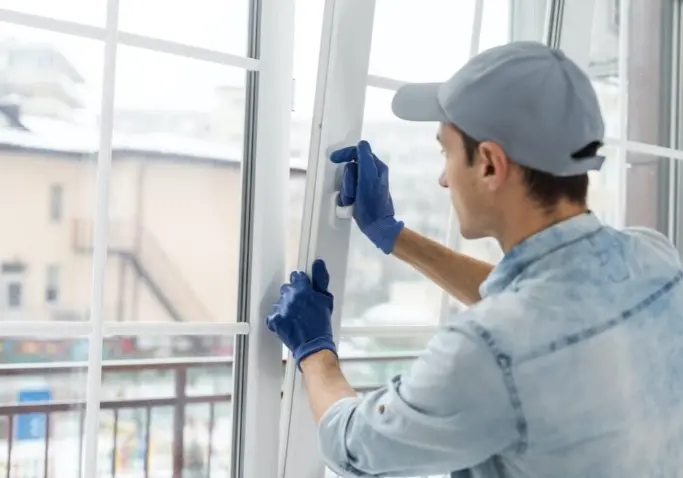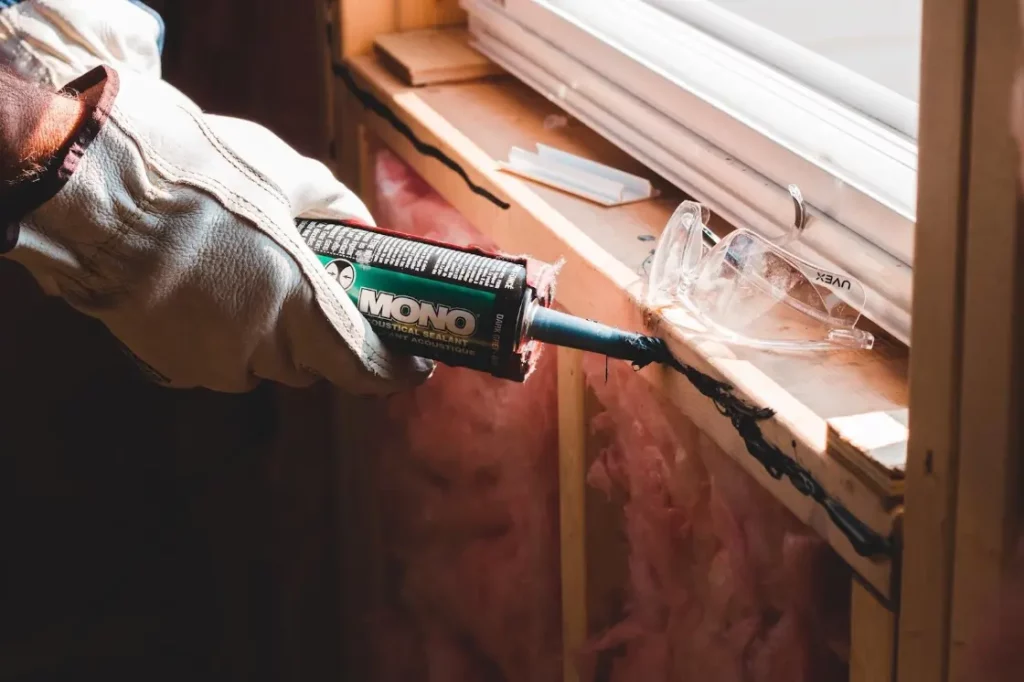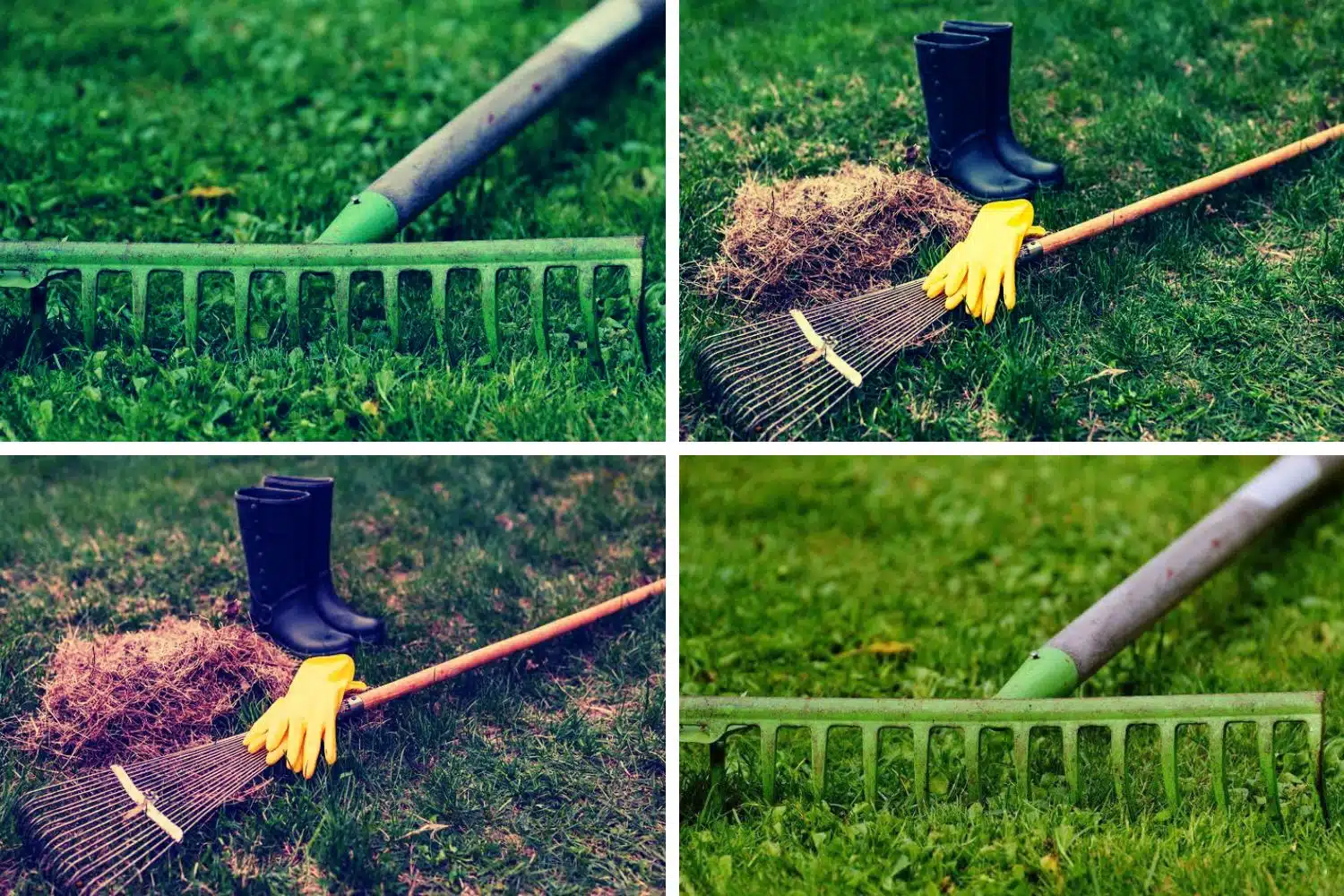Repairing your home can be a daunting task, but it doesn’t have to break the bank. Learning how to budget and plan for necessary home repairs is essential for maintaining your property and providing an efficient environment for you and your family.
In this article, we’ll provide helpful tips on how you can do so effectively – from setting up a savings account that will cover any sudden costs, to searching for the best deals online and even doing some of the labor yourself! Read on to learn more about budgeting smartly when it comes time for home repairs.
Make a list of repairs that need to be done for the home

As homeowners, we all know how important it is to keep our homes in tip-top shape. However, with time, wear and tear are inevitable. That’s why it’s crucial to make a list of all the repairs that need to be done in our homes. From fixing leaking faucets to roofing, there’s always something that needs attention.
By creating a comprehensive list, we can prioritize our repairs and ensure that our homes remain safe and comfortable for ourselves and our loved ones. So, let’s roll up our sleeves and get to work on maintaining our homes!
Set a budget for repairs and stick to it
When it comes to repairing your home, it’s important to set a budget and stick to it. This can help ensure that you don’t overspend and end up in a financial bind down the road. But with so many repairs and maintenance tasks to tackle, where do you start? Prioritizing the most important issues first is key.
This might mean addressing urgent safety concerns like faulty electrical wiring or leaky roofing before moving on to less-pressing cosmetic fixes. By prioritizing your repairs and staying mindful of your budget, you can keep your home in top shape without breaking the bank.
Also, it is important to be aware of potential hidden costs like labor and materials. Be sure to factor these in when setting your budget for repairs. For example, if you plan to do the repairs yourself, think about the cost of tools and supplies. On the other hand, hiring a professional for repairs can be costly, but it can save you time in the long run.
Research DIY options to save on costs if possible
Home projects can be expensive, but they don’t have to break the bank. With a little research and know-how, there are many DIY solutions that can save a significant amount of money. Before diving into a project, take some time to explore options like repurposing materials, borrowing tools from friends or family, or even trying your hand at building from scratch.
With the right resources and a bit of creativity, you may be surprised at how much you can save while still achieving your desired results. Not only will DIY efforts save money, but they also provide a sense of accomplishment and pride in a job well done. So why not give it a shot?
Additionally, don’t forget to check out online resources for great deals on materials when buying new. With the right tools and a bit of know-how, you can often find quality products at a discounted price.
Create an action plan to keep track of progress

Once you have established your budget, it’s essential to create an action plan and timeline for completing the repairs. This will help keep you on track and ensure that no tasks are missed or forgotten.
Start by breaking down each project into individual steps and list out when each task needs to be completed. Then, set deadlines for yourself – this will help to stay motivated and give you something to strive for. It’s also a great idea to post these deadlines somewhere visible as a reminder.
Finally, make sure to check in with yourself regularly to ensure that you are making progress on the repairs. This will help keep you accountable and allow you to celebrate small victories along the way!
Don’t forget to include costs and timelines for any external help you may need, such as hiring a professional for certain tasks. This way, you can ensure that your home repairs are completed efficiently and effectively.
In conclusion, tackling home repairs can be a manageable task with the right planning and budgeting. From listing necessary repairs and setting a realistic budget to considering DIY options and creating an actionable plan, each step plays an integral role in ensuring an efficient and cost-effective home repair process. Remember, it’s not just about maintaining your property but creating a safe and comfortable environment for you and your family. With these tips in mind, you can effectively plan and budget for home repairs, turning a potentially daunting task into a rewarding project.






